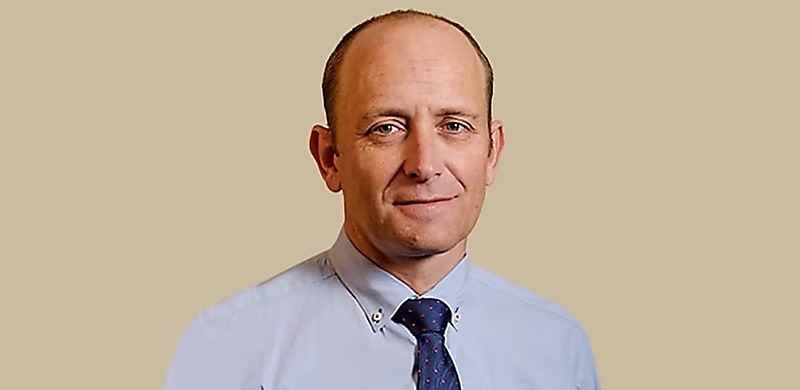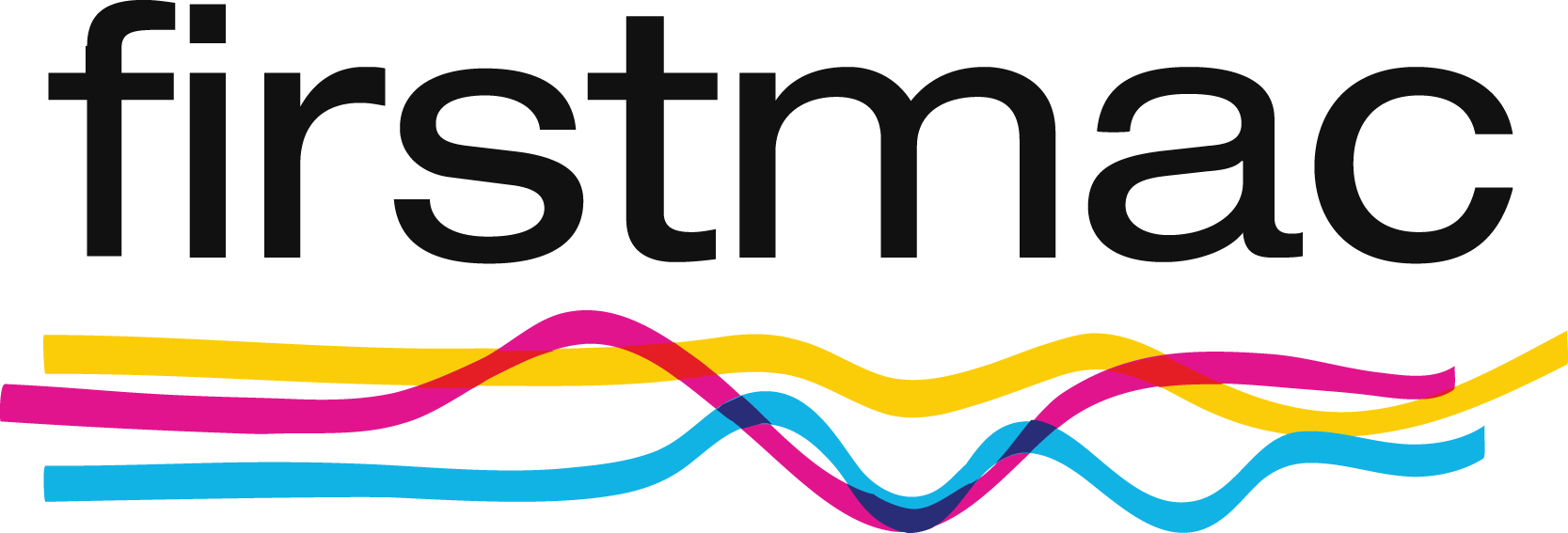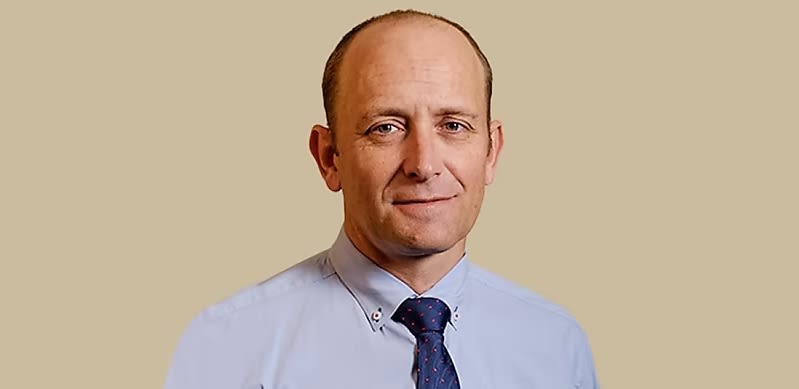
James Austin, the chief financial officer at Firstmac, unpacks what he’s seeing in the current environment, what’s happening in the mortgage landscape, and what exactly we have to fear, if anything, from the upcoming fixed-rate cliff.
We’re in a changing economic environment, with rates having risen rapidly to counter escalating inflation. The last time we saw rates rise this quickly was during the global financial crisis. What makes this rate-rising cycle different?
I’d say the main difference is that last time it was due to an economic cycle, whereas this time around, it’s been ultimately caused by government policy such as the JobKeeper and the Term Funding Facility [brought in to support borrowers during the COVID-19 pandemic].
The last rate-increasing cycle was back in 2007. Back in 2007, they lifted rates so much that mortgage rates were up at 9 per cent. But as the global financial crisis unfolded, rates were cut by 400 points from that overtightening.
In hindsight, many might say that they’re potentially making some of the same mistakes now by overcooking it. But this time around, it’s a little bit different in that it’s been a very sharp, fast increase. We’ve seen an increase of over 300 points in a very short period, whereas previously it was over an extended period.
What do you think the terminal cash rate will be?
My feeling is that we will see the RBA continue to increase probably up to a cash rate of about 4.10 per cent. My own feeling is that a [terminal] cash rate of 3.60 per cent would’ve been more appropriate.
From the first rate increase in 2023, which was the February rate increase, it’s starting to bite. That rate increase hurt, as has each thereafter. There’s an increase in calls from customers talking about the cost of living, wanting to understand what hardship arrangements might be out there. You’re not really seeing it in the arrears numbers yet as in the classic 30-plus days, but it is starting and I think that will also be the case with spending more broadly in the economy. It is starting to slow down. So, we have reached that point of flex.
The risks of an overtightening is probably quite pronounced, and I would think that come 2024, they’ll be cutting rates just like they did back in 2008.
What trends in lending are you seeing at the moment?
There has been a material slowdown in new business, particularly in the owner-occupied space. I think consumers are holding back, waiting to see where interest rates go and what happens with house prices.
The banks have been focusing on the refinance [market] by offering large cash upfronts, which is all a prelude to the fixed-rate cliff that’s often talked about. But I find it hard to believe that cashback offers can continue for too long.
We’ve already seen the CBA chief executive come out and say that loans are being written for less than the cost of capital, so it’s abnormal pricing that’s going on.
I don’t think it’s particularly smart to engage in that sort of suicide pricing.
When do you think the fixed-rate cliff will hit?
I think the bulk of it will be in the third and fourth quarters of this year, but particularly the fourth quarter of 2023. It really is significant; potentially upwards of 40 per cent of all mortgages were fixed at those very low rates [during the pandemic].
What is causing the fixed-rate cliff?
We should all remember that this fixed-rate ‘cliff’ was ultimately driven by an abnormal event by government intervention in markets with the Term Funding Facility, which basically provided free money to the banks. The banks wrote all these fixed rates at 2 per cent (or sometimes they even had a one in front!) and, as a consequence, now they’re resetting by pretty significant amounts.
This is why it’ll be a good opportunity for brokers to see what other competitive offers are out there.
The non-banks don’t have the fixed-rate cliff to contend with because they weren’t a beneficiary of the Term Funding Facility. As such, it may be an opportunity for non-banks to win back some of the business (because prepayment discharge rates have been running at really high levels).
Another thing that is helping the non-banks is that the funding markets are improving. Since the new year, the funding margins have been starting to come in and that reflects that the markets feel the worst is over and they’re starting to rally. So that will help improve the positioning of the non-banks and what sort of offers they can put out there.
You’ll find that non-banks will go to what they’ve always done, which is finding different niches in the market where they can compete and offer something different to what the banks will be offering.
What is Firstmac focusing on this year?
For brokers who have borrowers coming out of the fixed-rate cliff, I’d encourage them to look at our five-year fixed-rate mortgage. It offers a fantastic alternative for those borrowers who are wanting to be released from the mortgage prison.
Serviceability and cost of living is really important at the moment, particularly as we’ve seen energy prices [escalate] and interest rates rising. After a period of such rapidly rising rates, to have a bit of certainty on repayments, I think, is quite important.
Our five-year fixed rate also goes up to 90 per cent LVR at the same consistent rate. Added with the servicing benefit of five years, that’s a pretty solid option.
We also offer our own Lender’s Risk Fee, which means that if you have an LVR above 80, it’s a lot cheaper than comparable market options such as mortgage insurance or indeed the risk premiums of the major banks. They’re paying a one-off fee rather than a premium.
What trends do you expect to see in lending this year?
For brokers, I feel that there’s a very big development going on in our market around auto lending. The banks have largely exited all third-party distribution for that and now there are a handful of non-banks to cater for this market. It’s a great way for mortgage brokers to diversify their product suite.
The opportunity to tie up with your existing non-bank lenders that are now diversifying into car lending, I think, will be quite significant going forward.
You can find out more from James Austin and what trends we expect to see in the mortgage landscape in The Adviser’s In Focus podcast. Tune in to the In Focus episode, ‘Navigating the fixed-rate cliff’, sponsored by Firstmac, here

